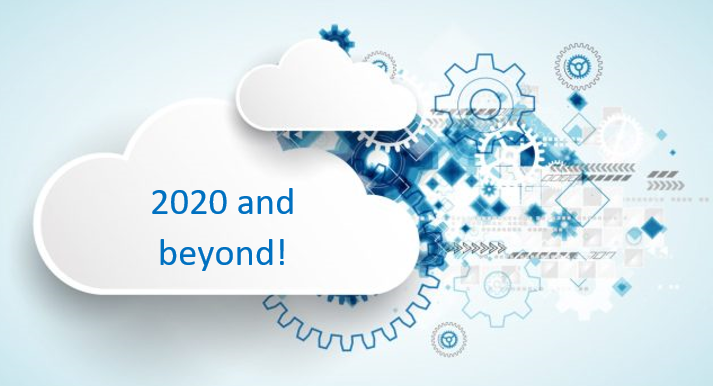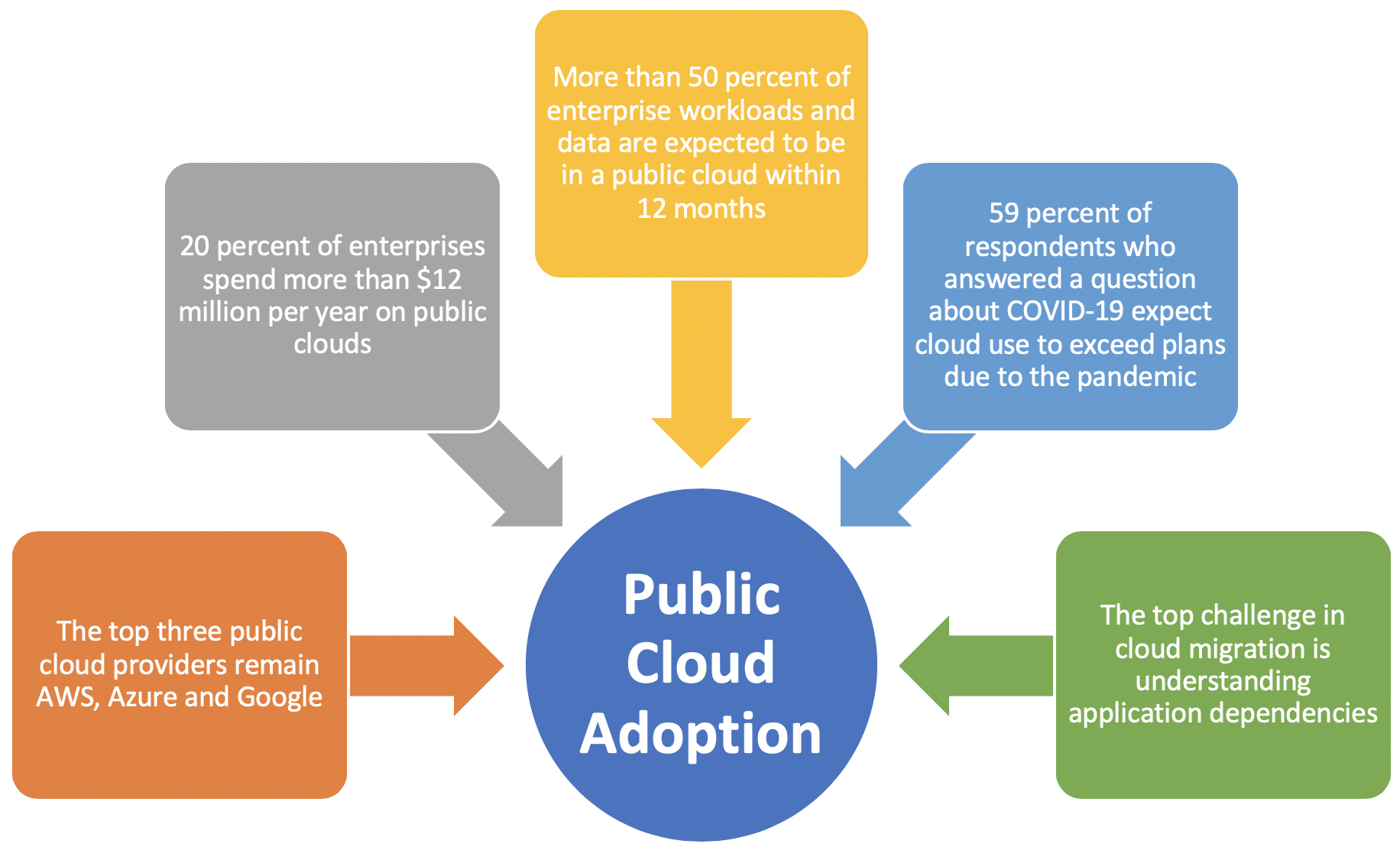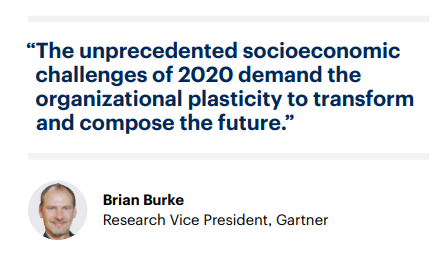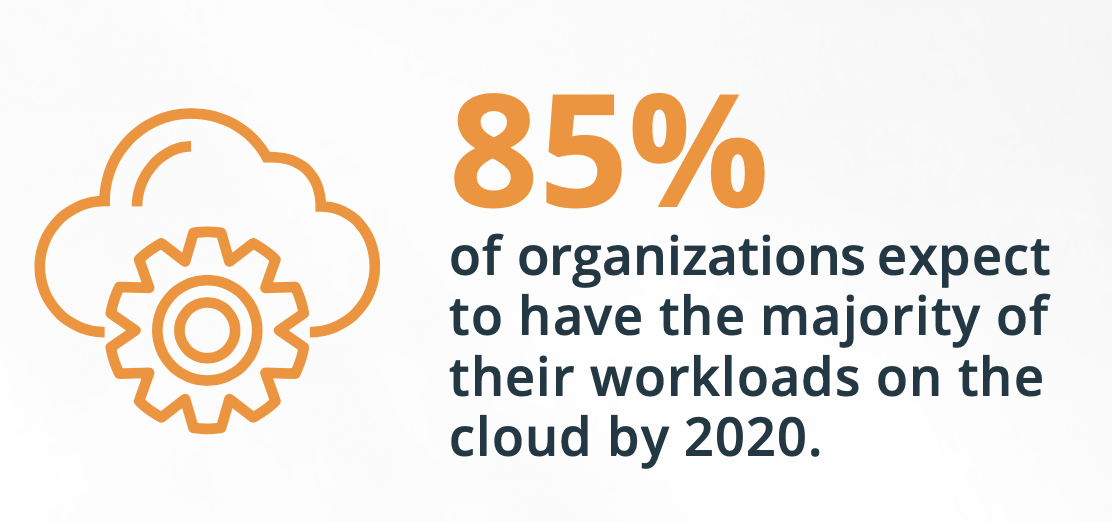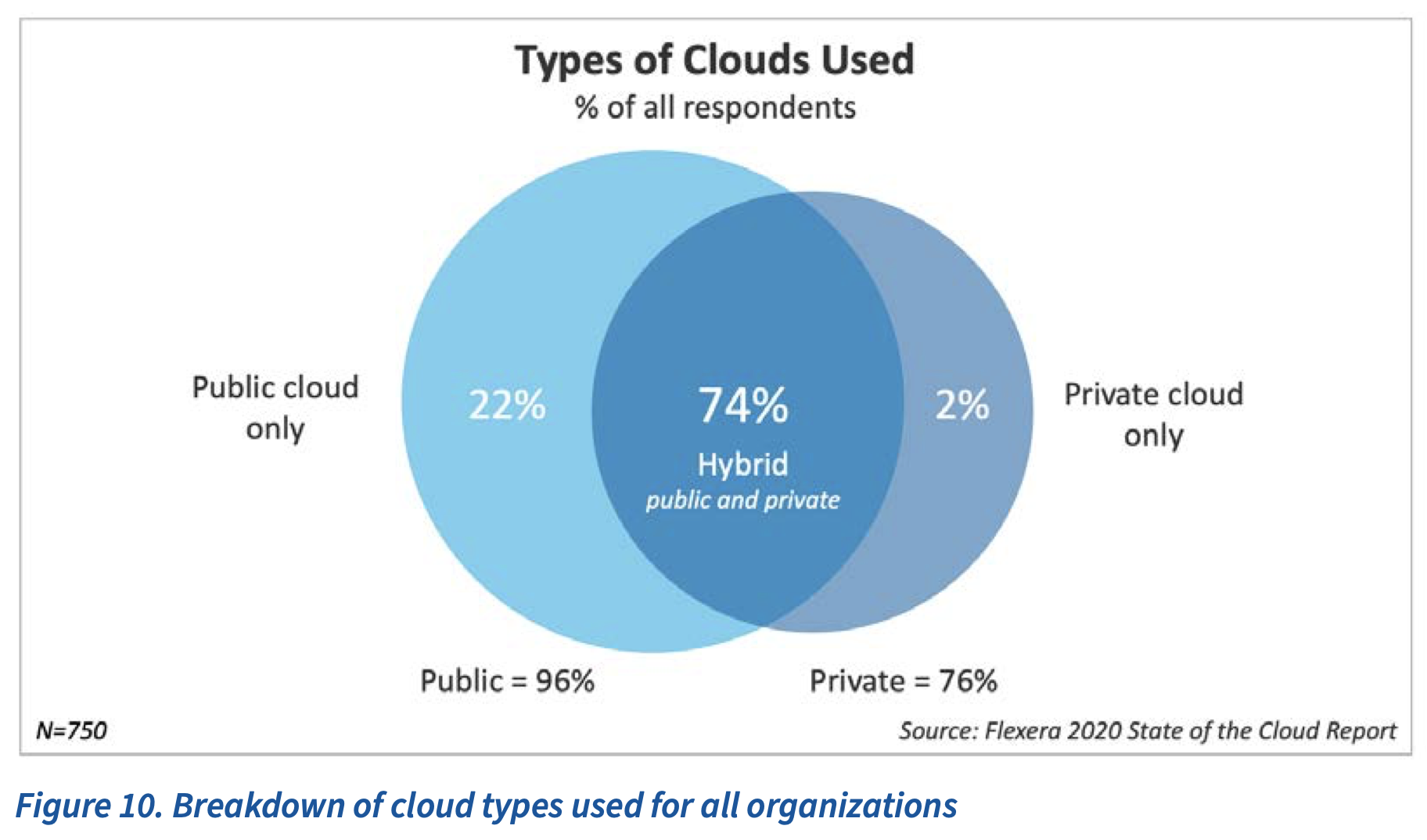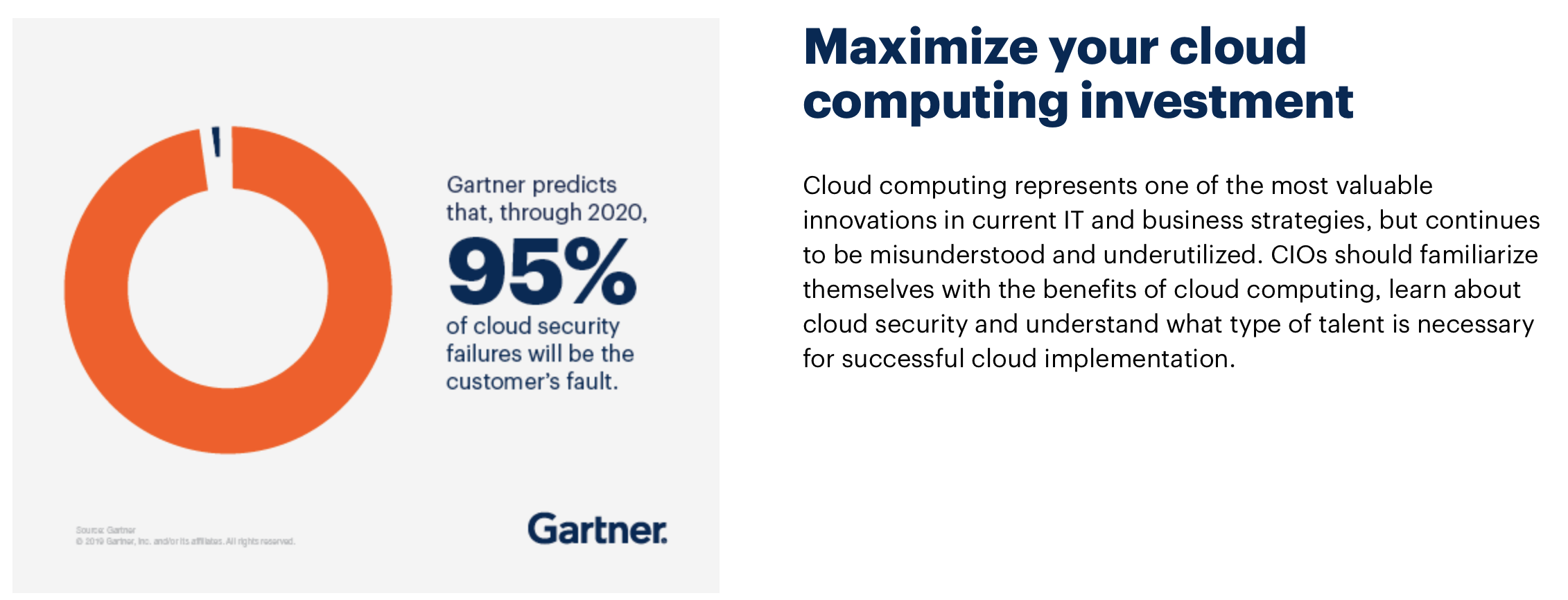Best strategies for Cloud Cost Optimization
Cloud services have revolutionized how organizations store, manage, and access their data, offering unparalleled flexibility and scalability. However, as with any resource, it’s essential to optimize costs and maximize savings in this virtual realm. A cloud cost-saving strategy involves optimizing the usage of cloud computing resources to reduce overall cloud expenses while maintaining or even improving operational efficiency and performance.
When it comes to cloud costs, there are several components that need to be understood in order to effectively manage and save money. One key component is the cost of computing resources, which includes virtual machines, storage, and networking. These costs can vary depending on factors such as usage patterns, data transfer rates, and storage capacity.
Another important factor in cloud costs is data transfer fees. Transferring data between different regions or zones within a cloud provider’s infrastructure can incur additional charges. It’s essential to have a clear understanding of how these fees are calculated and consider strategies such as optimizing data placement to minimize these costs.
Additionally, many cloud providers charge for outbound bandwidth usage. This means that any traffic leaving your cloud environment will be subject to additional fees. By monitoring and analyzing your outbound traffic patterns, you can identify opportunities for optimization and potential cost savings.
One often overlooked aspect of cloud costs is idle resources. It’s not uncommon for organizations to provision more resources than they actually need or forget about those no longer in use. By regularly reviewing your resource utilization and implementing automation tools like auto-scaling or scheduling shutdowns during off-peak hours, you can reduce waste and optimize spending.
Licensing plays a crucial role in determining overall cloud costs. Some software licenses may require additional fees when deployed in a virtualized environment or across multiple instances within the same region. Understanding these licensing implications upfront can help avoid unexpected expenses down the line.
Develop a Cloud Cost-Saving Strategy
When it comes to managing cloud costs, having a well-defined strategy in place is essential. A cloud cost-saving strategy should not only focus on reducing expenses but also ensure optimal resource utilization and performance.
The first step in developing your strategy is to understand your current cloud spend and identify areas of potential optimization. This can be done by analyzing usage patterns, identifying idle resources, and evaluating the performance of different service tiers or instance types. Once you have identified areas for improvement, it’s important to set clear goals for cost reduction. These goals should be specific, measurable, achievable, relevant, and time-bound (SMART). For example, you might aim to reduce overall cloud costs by 20% within six months.
Next, consider leveraging automation tools to streamline cost optimization processes. These tools can help automate tasks such as scheduling instances based on workload demands or rightsizing resources based on actual usage data. By automating these processes, you can free up valuable time and resources while ensuring cost savings are consistently achieved.
Implementing best practices for cloud cost management is another key aspect of your strategy. This may include regularly monitoring and optimizing storage costs by deleting unused data or implementing lifecycle policies. It could also involve leveraging spot instances or reserved capacity options when appropriate to take advantage of discounted pricing models.
To further enhance your approach to cloud cost-saving strategies implementation:
- Track and analyze spending trends over time
- Implement tagging mechanisms for better visibility into resource allocation
- Set up cloud monitoring and alerting to track resource utilization and costs in real time.
- Assign meaningful tags to resources and use cost allocation tools to track spending by team, project, or department. This helps identify areas where cost optimization is needed.
- Choose the most cost-effective region and availability zone for your workload. Leverage multi-region redundancy only when necessary for high availability.
- Regularly review your cloud bills from various providers, analyze usage patterns, and forecast future costs to make informed decisions
- Evaluate the use of specialized third-party tools that offer more granular insights into spending patterns
- Ensure your team is knowledgeable about cloud cost management best practices. Training and awareness can go a long way in reducing wasteful spending.
- Cloud cost optimization is an ongoing process. Continuously monitor and refine your strategies based on changing business needs and technology advancements.
Implementing a successful cost-saving strategy in the cloud requires a combination of monitoring, automation, and a commitment to optimizing resources. By developing a comprehensive cloud cost-saving strategy that encompasses all these elements – understanding current costs; setting SMART goals; utilizing automation tools; and implementing best practices – businesses can achieve significant savings while maintaining operational efficiency in their cloud environments.

